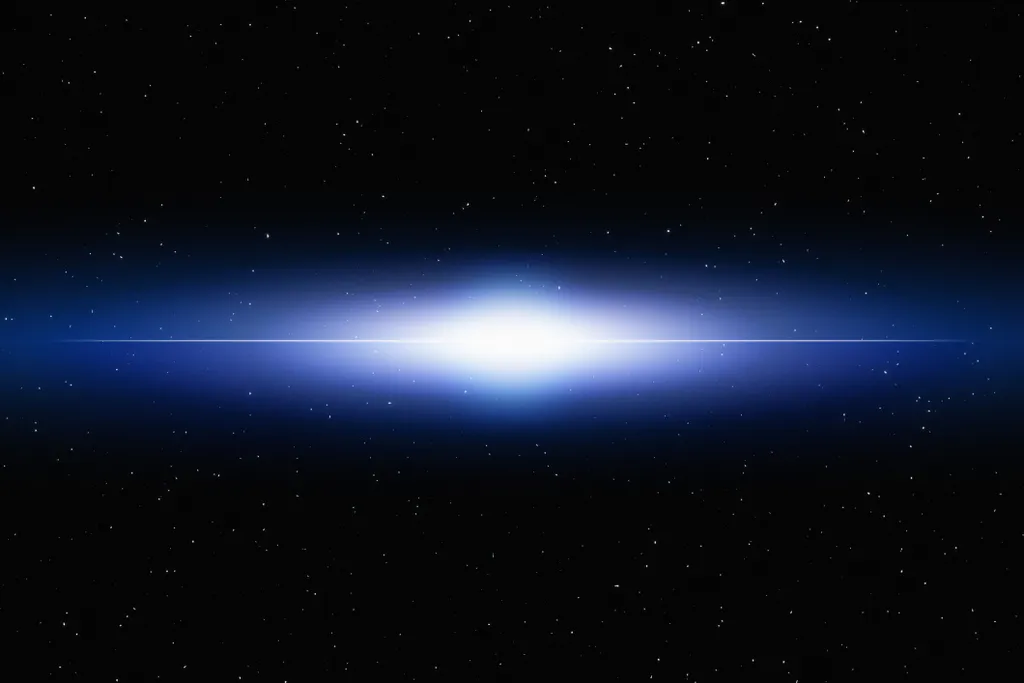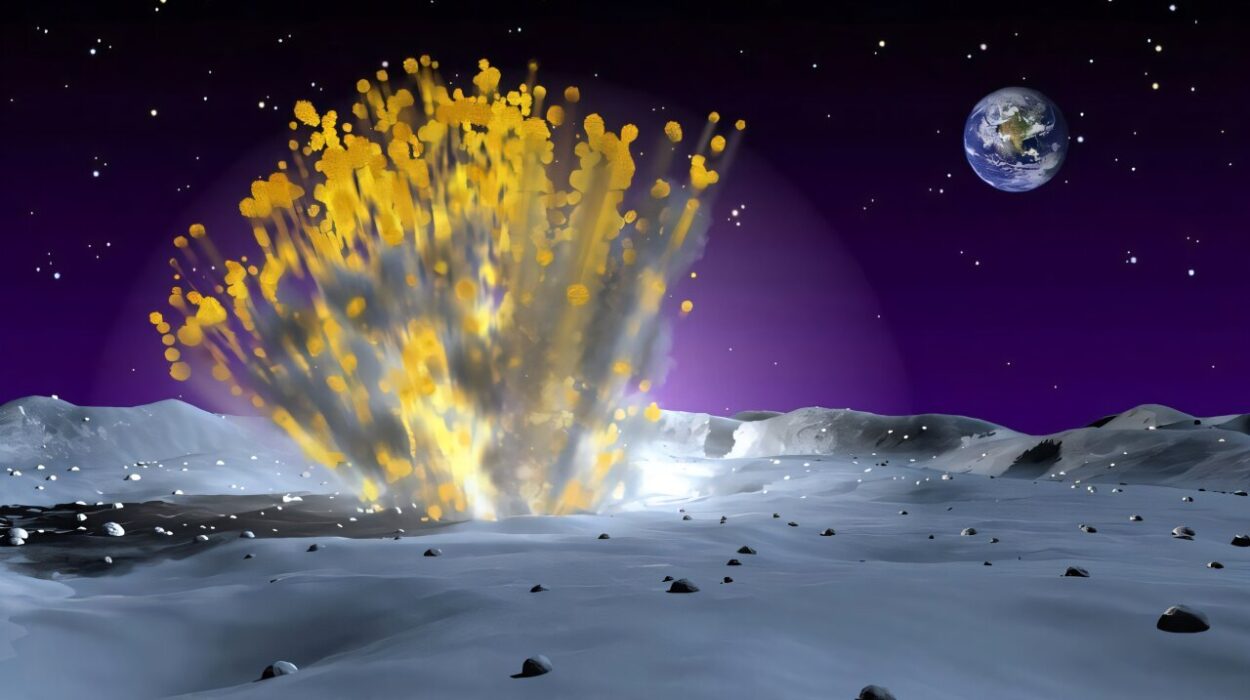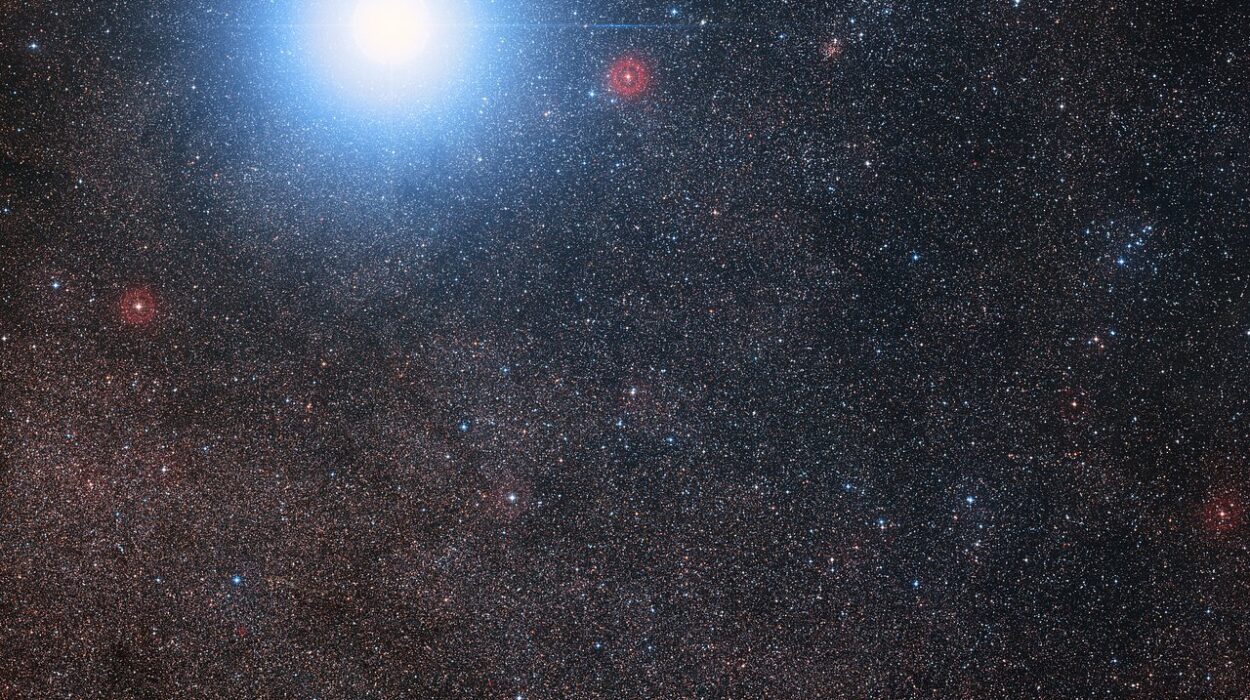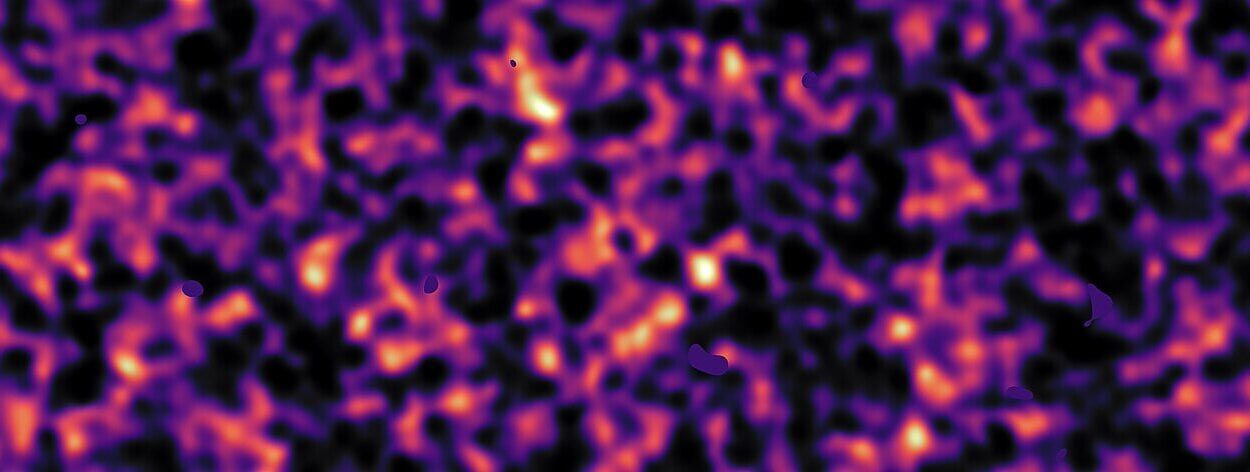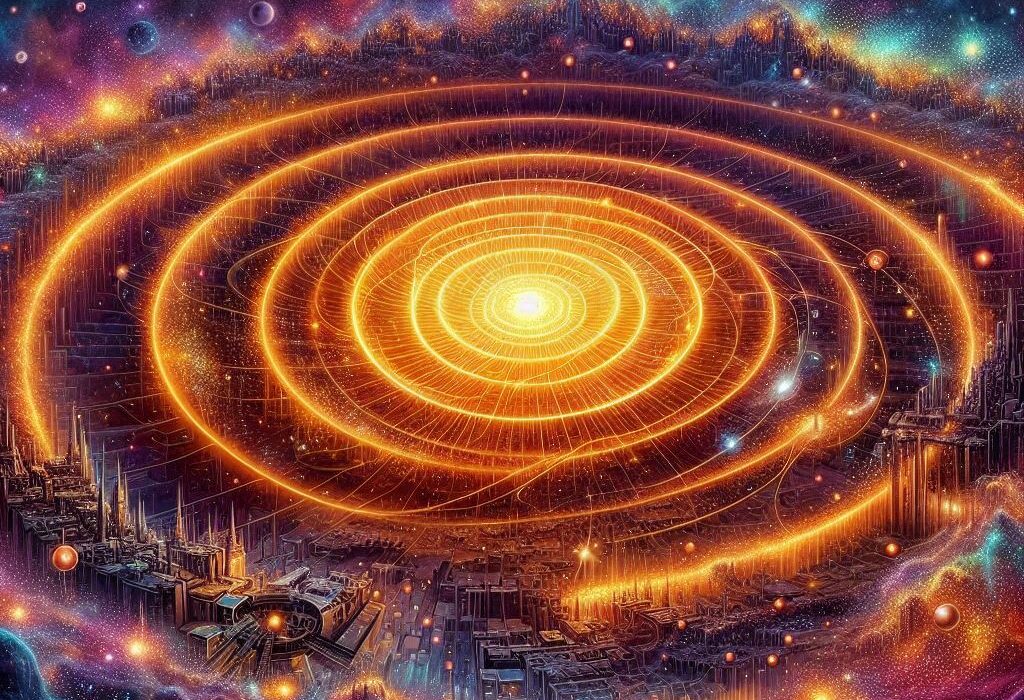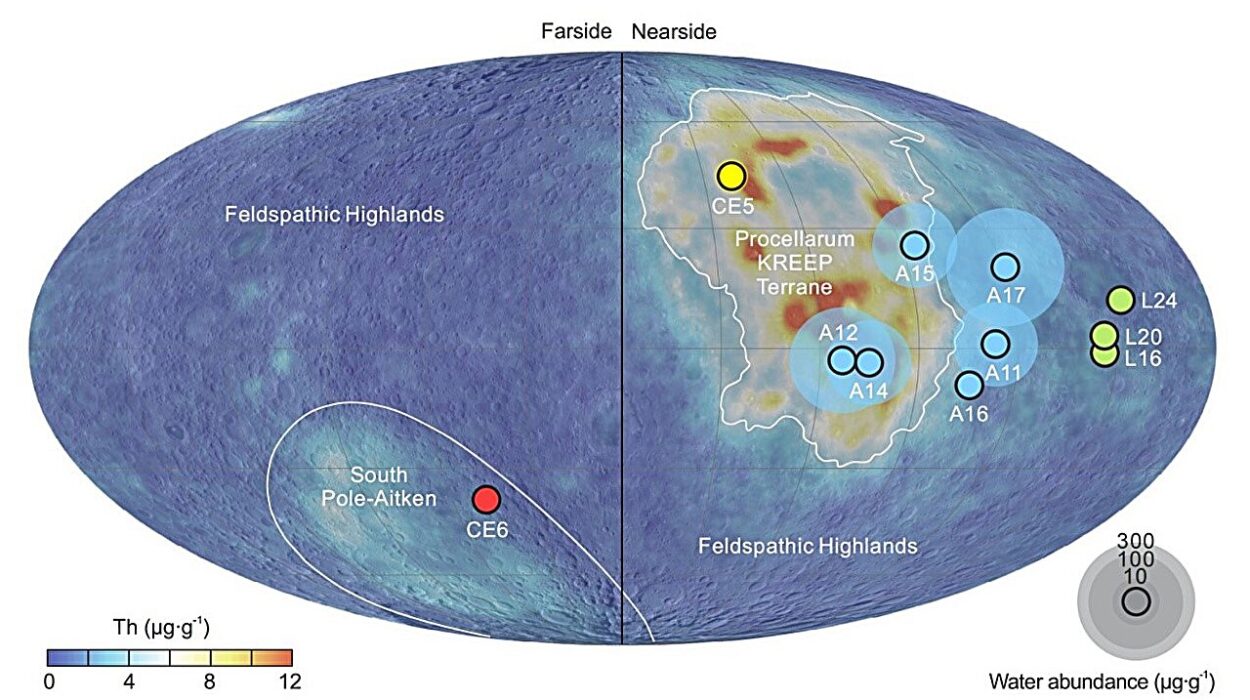The night sky has always whispered questions to those bold enough to listen. For as long as humans have tilted their heads back and stared into the abyss of stars, we’ve wondered: What is all this? Where did it come from? And why are we here to witness it?
Science has brought us extraordinary answers. We’ve learned that the universe is vast—filled with galaxies, black holes, exoplanets, and mysteries as strange as they are beautiful. We’ve mapped the cosmic microwave background, captured the shadow of a black hole, and measured gravitational waves rippling through space-time.
And yet, for every answer we uncover, a dozen new questions emerge.
In fact, some of the biggest questions about the universe—the ones that cut to the very heart of existence—remain stubbornly unsolved. These aren’t just gaps in knowledge; they’re the towering frontiers of modern science, the mysteries that define the edges of human understanding.
Why is the universe expanding faster and faster? What lies beyond a black hole’s event horizon? Is time fundamental, or an illusion? Are we alone in this vast cosmic ocean?
In this article, we’ll explore 10 of the most profound cosmic questions that scientists still can’t answer. These enigmas aren’t signs of failure—they’re signs of progress. They remind us that the universe is not a closed book, but an unfolding story, and we are only just beginning to read its most compelling chapters.
So fasten your seatbelt and prepare to journey through space, time, and the unknown. These are the questions that keep astrophysicists up at night—and they just might change the way you see everything.
1. What Happened Before the Big Bang?
The Big Bang theory describes the beginning of the universe as we know it—about 13.8 billion years ago, space and time themselves sprang into existence from a point of unimaginable density and energy. But that leads to a haunting question: what came before?
The catch? Time itself began with the Big Bang. Asking what happened “before” might be like asking what’s north of the North Pole—it may not make sense in the framework of our universe. Some physicists suggest that prior to the Big Bang, there was nothing—not just an absence of matter, but an absence of time and space altogether.
Others aren’t so sure. Theories like loop quantum cosmology propose that the Big Bang was actually a “Big Bounce,” a rebound from a previous universe that collapsed before expanding again. Meanwhile, string theory opens the door to ideas like “eternal inflation” or multiverse collisions—each “bang” simply the birth of a new bubble in an infinite cosmic foam.
But with no way to observe this directly, for now we are left only with educated guesses, tantalizing models, and a profound sense of mystery.
2. What Is Dark Matter?
Galaxies spin at such speeds that, according to the gravity of their visible matter alone, they should fly apart. And yet, they hold together. Why? Something invisible—something massive—must be exerting a gravitational pull. That “something” is what scientists call dark matter.
We can’t see it, touch it, or detect it with traditional tools. But we can observe its gravitational effects: the way it bends light from distant stars (gravitational lensing), the way galaxies cluster, the way cosmic structures evolve over time.
Current estimates suggest that dark matter makes up about 27% of the universe’s mass-energy content. Ordinary matter—the stuff we’re made of—accounts for only about 5%. The rest? Dark energy (we’ll get to that next).
So what is dark matter made of? Possibilities include:
- WIMPs (Weakly Interacting Massive Particles), which are hypothetical particles predicted by some extensions of the Standard Model.
- Axions, extremely light particles theorized to help solve problems in quantum physics.
- Sterile neutrinos, strange cousins of known neutrinos.
Despite decades of effort, no one has directly detected dark matter. Its true nature remains one of the biggest puzzles in modern physics.
3. What Is Dark Energy?
If dark matter is mysterious, dark energy is downright bizarre.
In the late 1990s, astronomers discovered that the universe’s expansion isn’t slowing down—it’s speeding up. That was a shock. Gravity, they thought, should be pulling everything back together. Something must be pushing everything apart.
That something is called dark energy, and it makes up roughly 68% of the universe.
Unlike dark matter, dark energy doesn’t clump or cluster. It seems to act like an invisible pressure, evenly distributed across space, accelerating the expansion of the universe. But what is it?
The leading idea is that it’s related to the “vacuum energy” of space itself. Even in a perfect vacuum, quantum physics predicts that particles pop in and out of existence. That activity may create a tiny—but cumulative—push.
Another possibility is that our understanding of gravity is incomplete. Maybe Einstein’s general relativity breaks down on cosmic scales.
But here’s the kicker: dark energy is the dominant force shaping the future of the cosmos, and yet we don’t even know what it is.
4. Are We Alone in the Universe?
It’s one of the most profound questions we can ask: is Earth the only cradle of life in the vastness of space?
So far, we’ve found thousands of exoplanets—worlds orbiting stars beyond our Sun. Many lie in the so-called habitable zone, where liquid water might exist. Some even appear to have atmospheres and ingredients favorable for life.
And yet, no clear evidence of extraterrestrial life—intelligent or otherwise—has emerged.
The paradox is striking. In a galaxy with 100 billion stars and likely more than that in planets, why haven’t we heard a whisper of alien civilizations? This is the heart of the Fermi Paradox.
Possibilities abound:
- Life is rare, and Earth is uniquely fortunate.
- Life is common, but intelligent life is exceedingly rare.
- Civilizations rise and fall quickly, and rarely overlap in time.
- Advanced beings are hiding—or we’re simply not listening properly.
Projects like SETI (Search for Extraterrestrial Intelligence), the James Webb Space Telescope, and planned missions to Europa, Enceladus, and Mars aim to uncover clues. But the silence so far leaves us both humbled and hopeful.
5. What Lies Inside a Black Hole?
Black holes are among the most extreme objects in the universe. Formed when massive stars collapse under their own gravity, they compress matter into a point so dense that not even light can escape.
At their heart lies the singularity, a place where our current laws of physics break down. Gravity becomes infinite. Space and time warp into unfathomable shapes.
Einstein’s equations predict the existence of singularities, but quantum mechanics, the theory of the very small, can’t handle such infinities. A complete theory of quantum gravity—one that merges general relativity with quantum mechanics—is needed to describe what’s truly inside a black hole.
Are black holes cosmic graveyards, or gateways to something else? Some theories suggest they could connect to other universes via wormholes. Others propose that information falling into a black hole is not destroyed (as once thought), but somehow encoded on its surface in a form of holographic memory.
What happens to matter inside a black hole? Does time stop? Is there an escape? For now, no probe can survive the journey to tell us.
6. Why Is the Universe Fine-Tuned for Life?
The universe seems uncannily suited for life. Change certain physical constants—the strength of gravity, the charge of the electron, the expansion rate of the universe—by even a tiny amount, and life as we know it could not exist.
This has led to the notion of fine-tuning. Is it coincidence? Necessity? Or something deeper?
One explanation is the anthropic principle—the idea that we observe these conditions simply because only such a universe could produce observers like us.
Another possibility is the multiverse: if an infinite number of universes exist, each with different physical laws, then it’s not surprising that one of them would support life. We just happen to live in that lucky one.
Yet, without direct evidence of other universes, this remains speculative.
Some scientists argue for a deeper principle—perhaps a unifying theory of physics will one day reveal that the constants couldn’t have been otherwise. Until then, we gaze at a universe perfectly tailored for us, and wonder why.
7. What Is the Nature of Time?
Time rules our lives. We age. We remember the past, but not the future. We experience events in a sequence. But what exactly is time?
In physics, time is a dimension—just like space. In Einstein’s relativity, time can stretch and bend. A clock on a speeding spaceship ticks slower than one on Earth. A clock near a black hole ticks more slowly still.
But if time is just another coordinate, why do we feel its flow?
In quantum physics, the equations are “time-symmetric”—they work just as well forward as backward. So why does time only move one way for us?
One possible answer lies in entropy, the measure of disorder. The Second Law of Thermodynamics says that entropy always increases in a closed system. That gives time a direction—from order to chaos. But why did the universe begin in such a low-entropy state? No one knows.
Could time itself emerge from something deeper—something timeless? That’s a possibility some physicists are exploring. But for now, time keeps its secrets, even as it slips through our fingers.
8. How Did Life Begin?
The origin of life on Earth remains one of science’s greatest mysteries. Somehow, over 3.5 billion years ago, simple molecules assembled into the first living cells—entities capable of metabolism, growth, and reproduction.
But how?
One theory suggests life began in primordial soup—a rich mix of organic molecules formed by lightning strikes or deep-sea vents. Another posits that life’s building blocks arrived from space, delivered by comets or meteorites.
The “RNA world” hypothesis suggests that early life may have relied on RNA—a molecule capable of storing information and catalyzing chemical reactions. Over time, DNA and proteins took over.
Despite many intriguing experiments (like the famous Miller-Urey spark experiment in 1953), no one has yet recreated life from scratch.
Understanding how non-living matter became alive could revolutionize biology, medicine, and even our search for life elsewhere. But the moment when chemistry became biology remains a cosmic riddle.
9. Why Is There Something Instead of Nothing?
Why does anything exist at all?
This question is as old as philosophy itself. Modern physics has its own version: why does the universe have more matter than antimatter?
According to current theories, the Big Bang should have created equal amounts of matter and antimatter. But when they meet, they annihilate. So why did matter win?
This imbalance, called baryon asymmetry, is crucial. Without it, atoms—and stars, planets, and people—could not exist.
Experiments have shown tiny violations of symmetry in certain particle interactions (called CP violation), but they aren’t large enough to explain the dominance of matter.
Some theories suggest unknown particles or forces played a role in the early universe. Others look to grand unified theories or cosmic inflation for answers.
But the deeper philosophical question—why is there anything at all, rather than nothing—remains open, and perhaps forever beyond the reach of science.
10. Will the Universe End?
Everything that begins must end—or so we believe. What about the universe itself?
There are several possibilities:
- The Big Freeze: If dark energy keeps accelerating the universe’s expansion, galaxies will drift apart, stars will die, and the cosmos will grow cold and dark—an endless night.
- The Big Crunch: If gravity eventually overcomes expansion, the universe could reverse, collapsing into a fiery singularity.
- The Big Rip: If dark energy becomes stronger over time, it could eventually tear apart galaxies, stars, planets—even atoms themselves.
- The Big Bounce: Perhaps this universe is one of many, each cycle beginning with a bang and ending with a crunch.
We don’t yet know which fate awaits us. But one thing is certain: the universe is not static. It’s evolving. The stars we see today are not eternal. Even the atoms in our bodies were forged in dying stars.
Our story is part of a much larger one—an epic still being written.
Final Reflection
These ten questions reveal something beautiful about science: not how much we know, but how much we don’t. In a universe 93 billion light-years across—and possibly infinite—we are tiny sparks of awareness, daring to ask impossible questions.
And that might be our greatest achievement.
